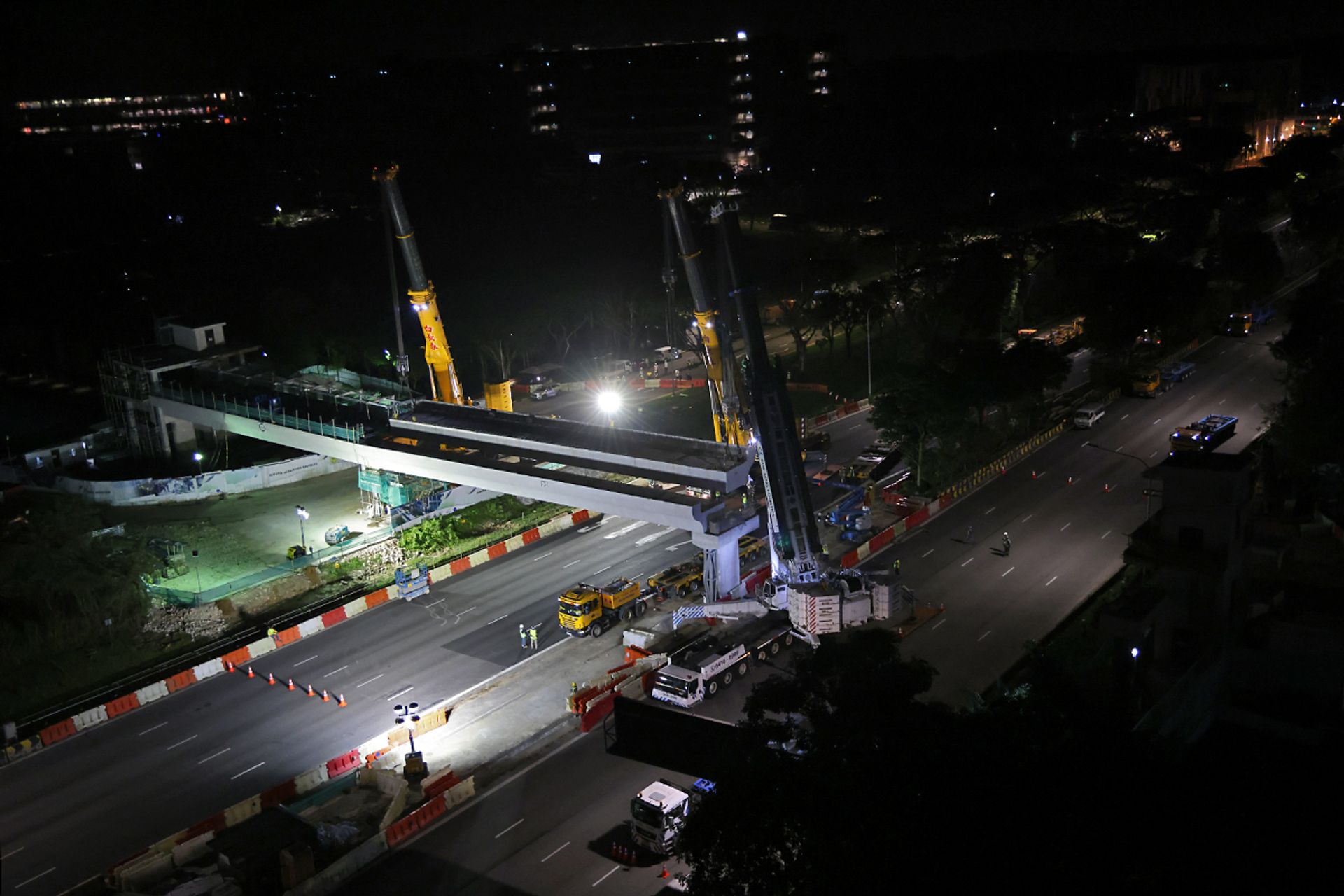In the wee hours of a Saturday in March, an elaborate dance of heavy machinery takes place on a closed-off stretch of the PIE, set to the soundtrack of metal, concrete and construction.
A concrete beam measuring more than 30m long and weighing over 200 tonnes is lifted in the air by two heavy-duty mobile cranes. One of the cranes serves as a pivot as the beam is rotated and transferred to a third crane before being laid down.
“The three cranes have to coordinate their movements in a precise way within a very tight space, so it’s like a tango between three dancers,” said Ms Finn Tay, 46, director of New Estates Division 1 at JTC Corporation.
A new 110m-long and 8m-wide overhead bridge is being built by JTC over the PIE to link Jurong Eco-Garden and Jurong West.
The project commenced in March 2021 and is expected to be completed by the end of 2024.
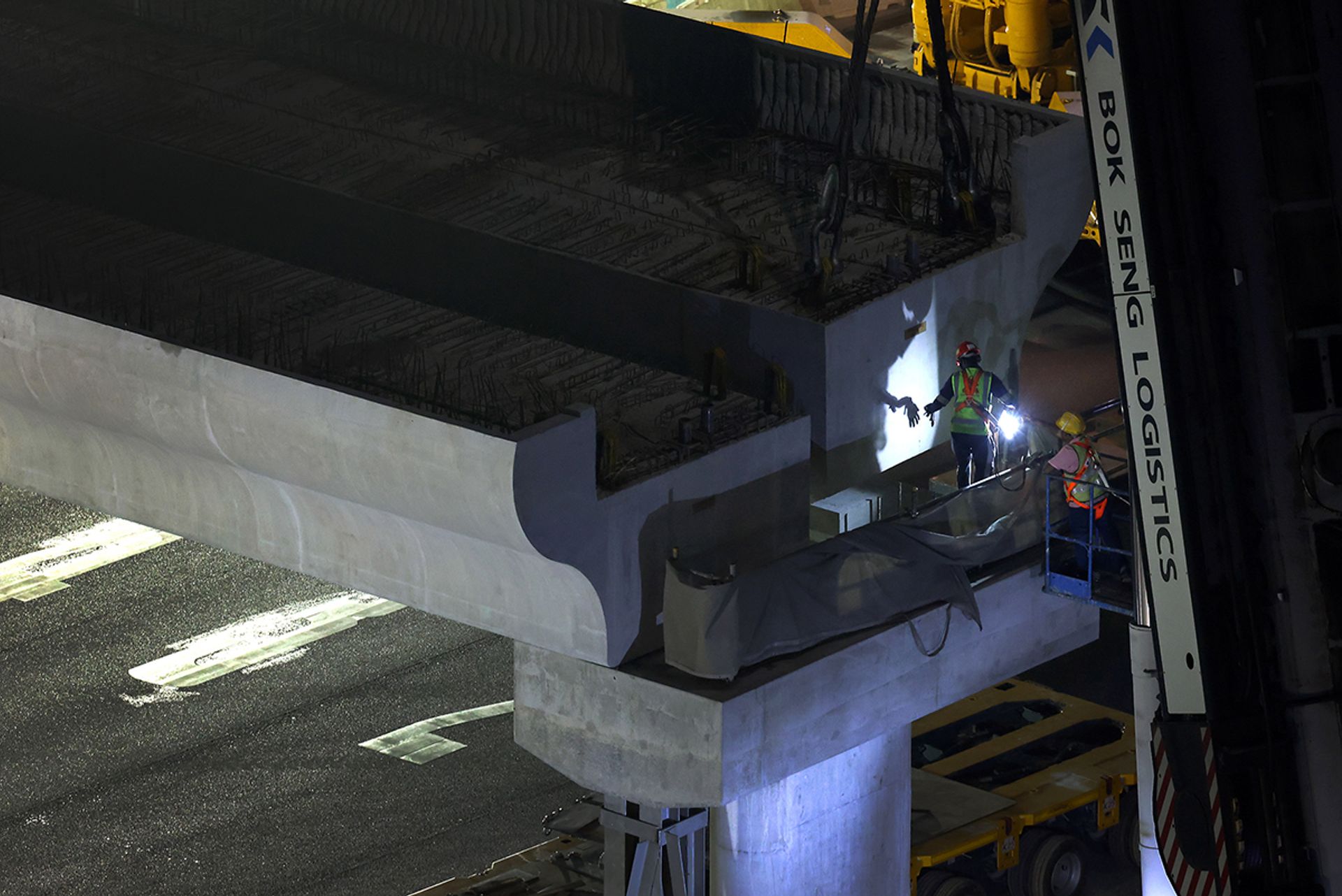
The bridge will give Jurong West residents easier access to Jurong Eco-Garden, Nanyang Technological University, the future MRT station at CleanTech Park, and Jurong Innovation District (JID), added Ms Tay.
It will also be the first overhead bridge in Jurong West that allows cycling, with dedicated walking and cycling paths, and links up with the Round Island Route park connector.
Ms Tay said: “We hope that it can encourage more people to walk and cycle, which is consistent with our aim to promote a car-lite district in JID.”
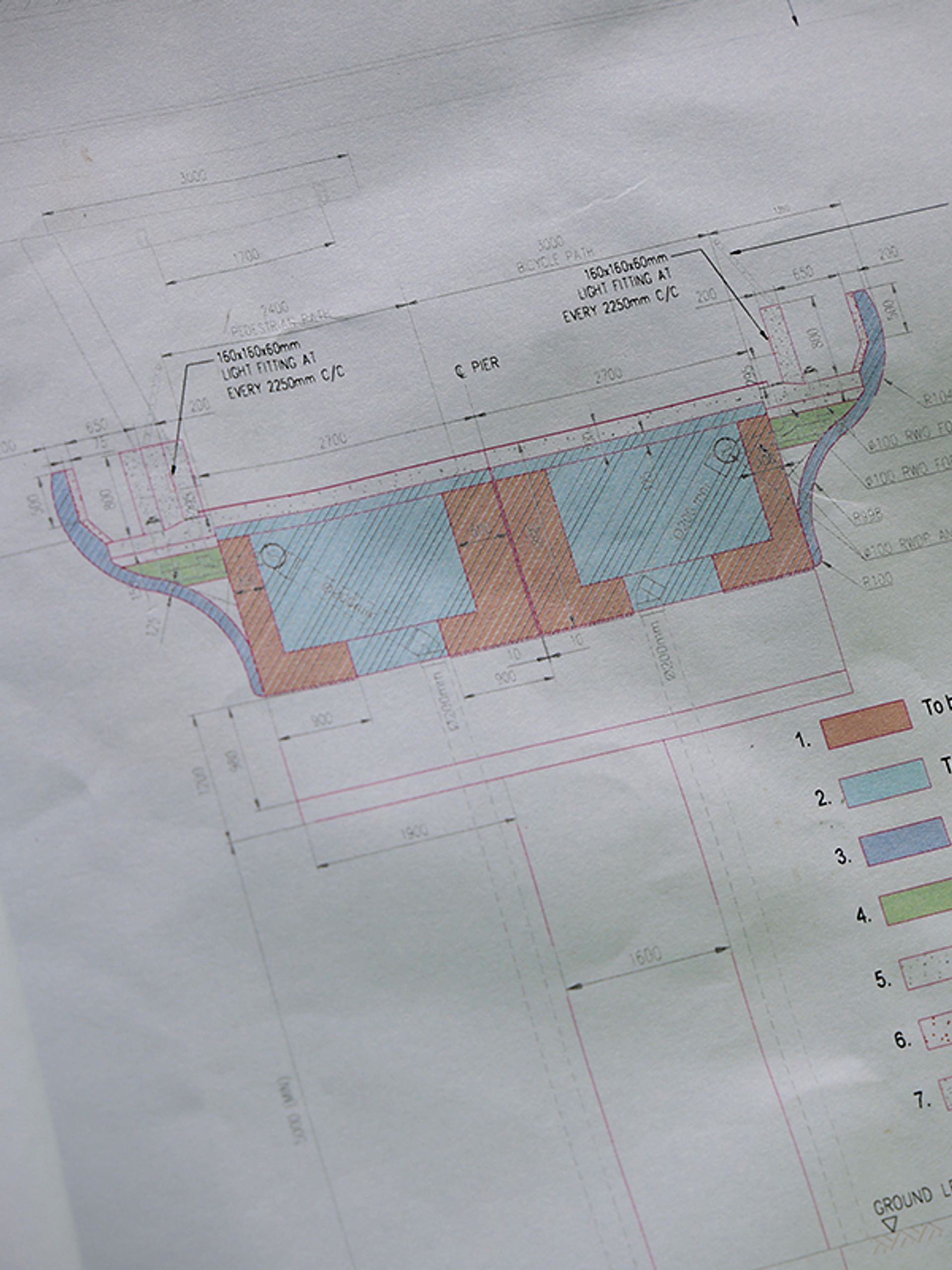
This project is more complicated than building a typical pedestrian bridge, said Mr Wilkie Teh, 50, a principal project manager at JTC.
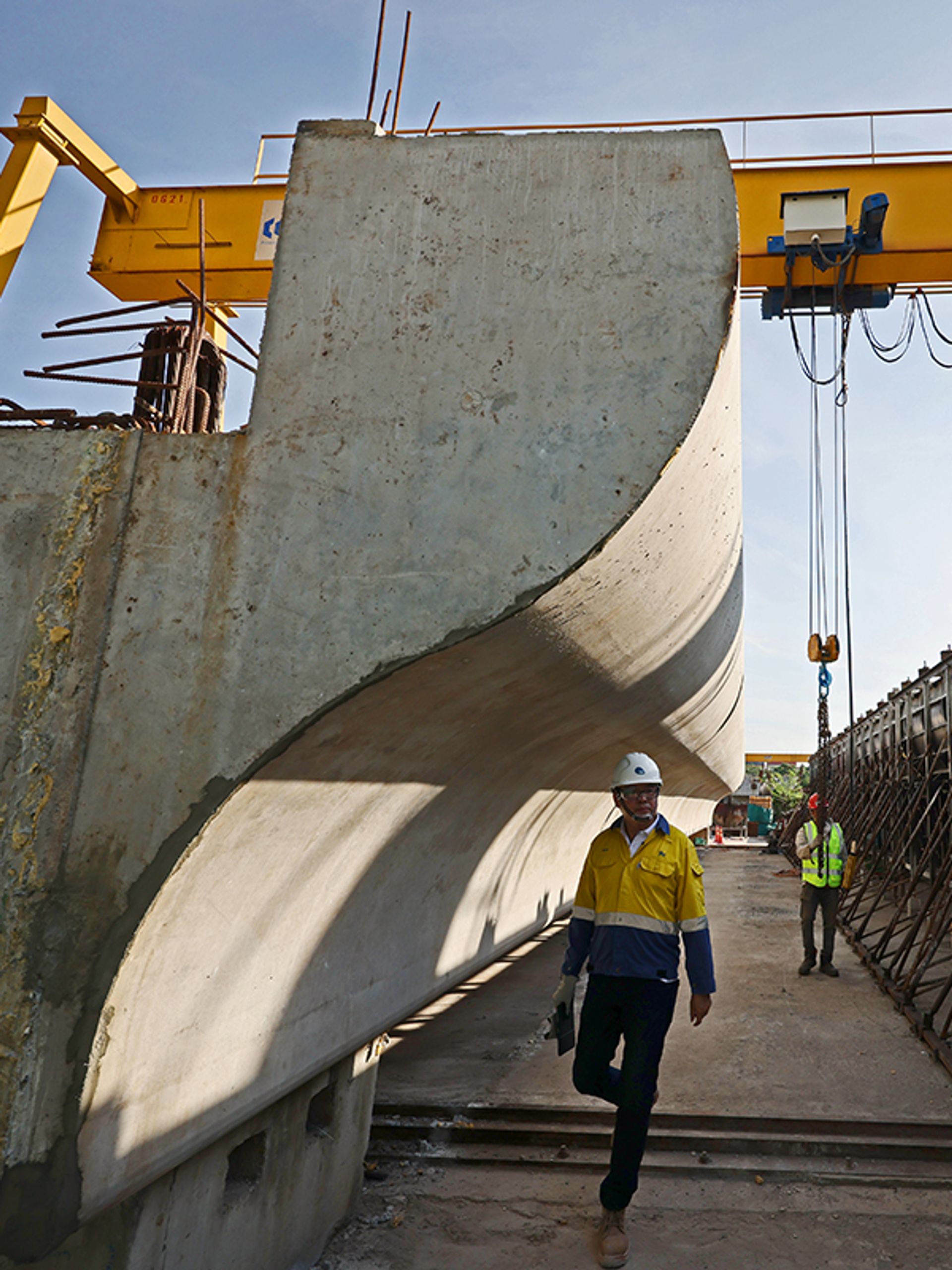
At 8m wide, the bridge is double the width of a typical pedestrian bridge. Each span of the bridge consists of two precast segments that are positioned parallel to each other. “This makes it akin to building two parallel bridges,” he added.
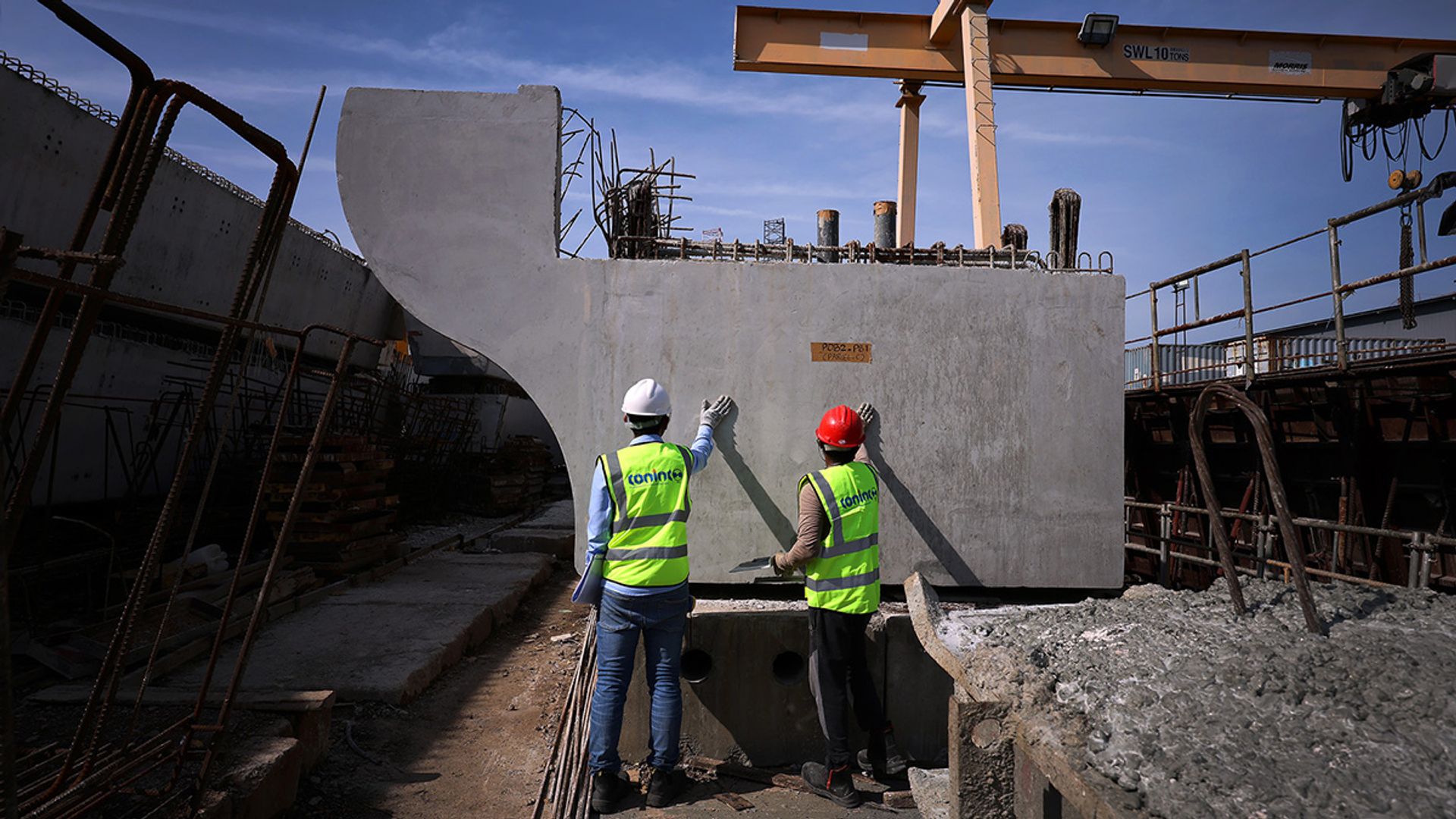
Standard bridge fabrication usually takes about two months, but this overhead bridge took about three months to fabricate at the Coninco precast yard in Pioneer Sector 2.
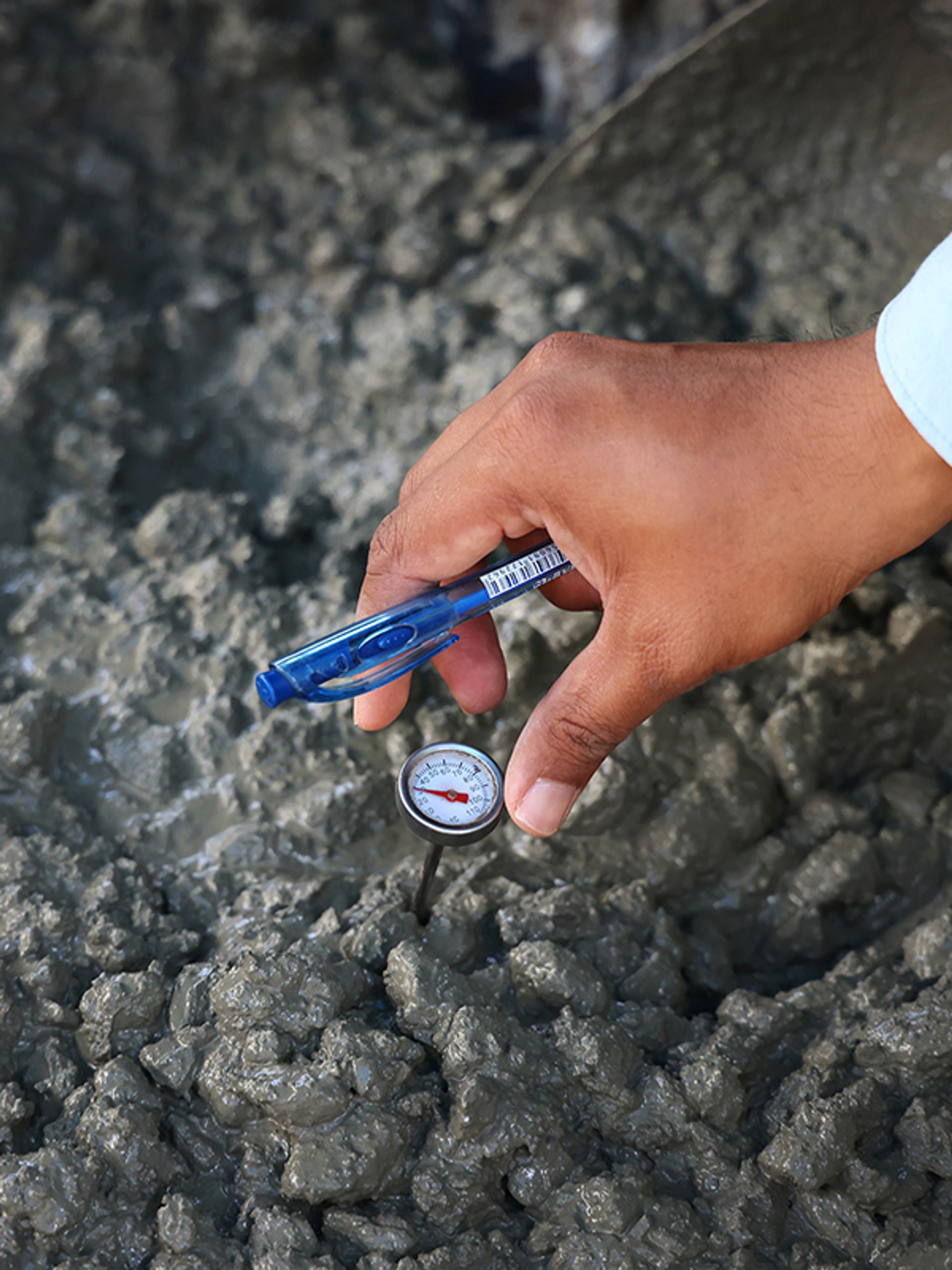
The number of workers needed for the job was also doubled from 15 to 30 at the precast yard.
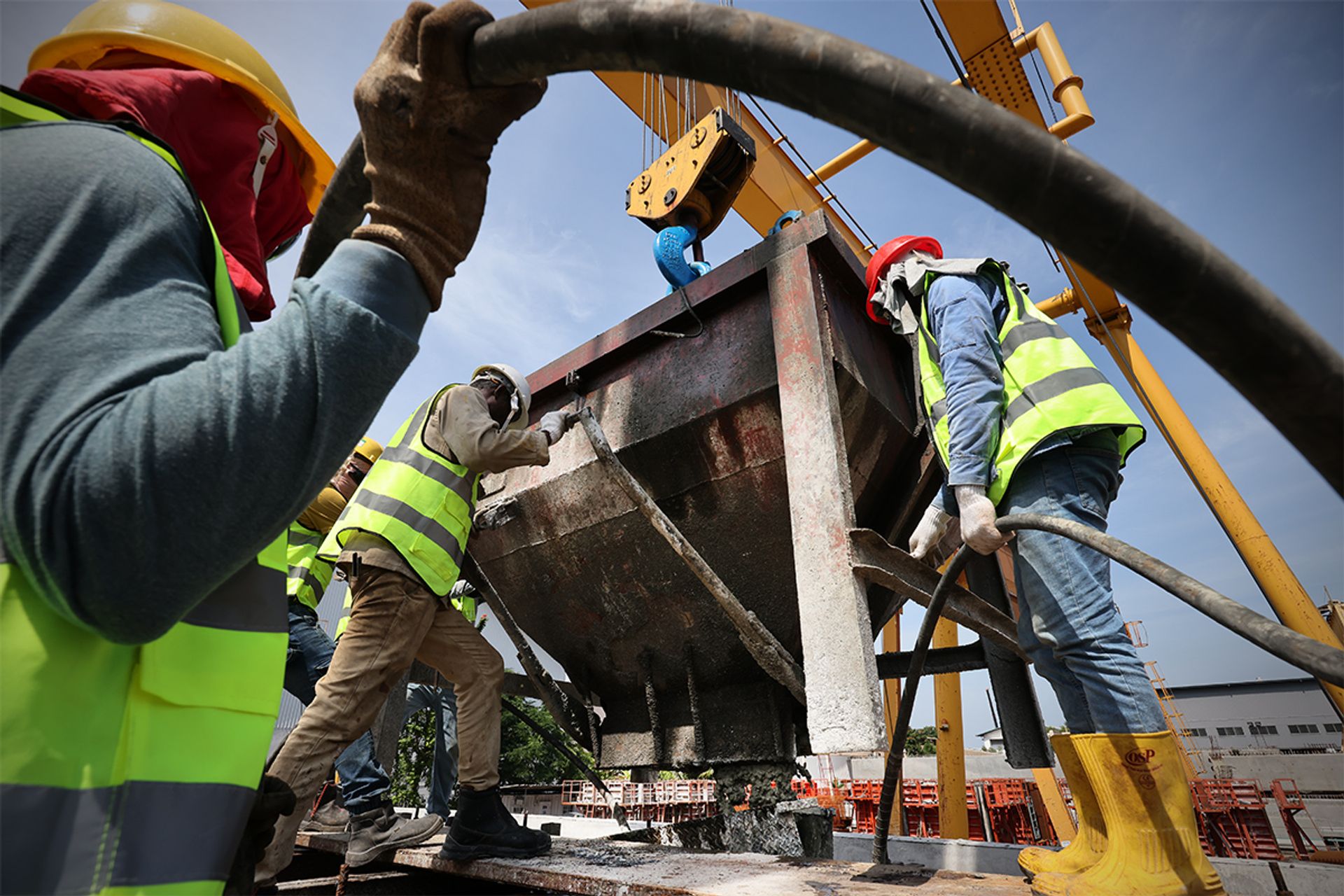
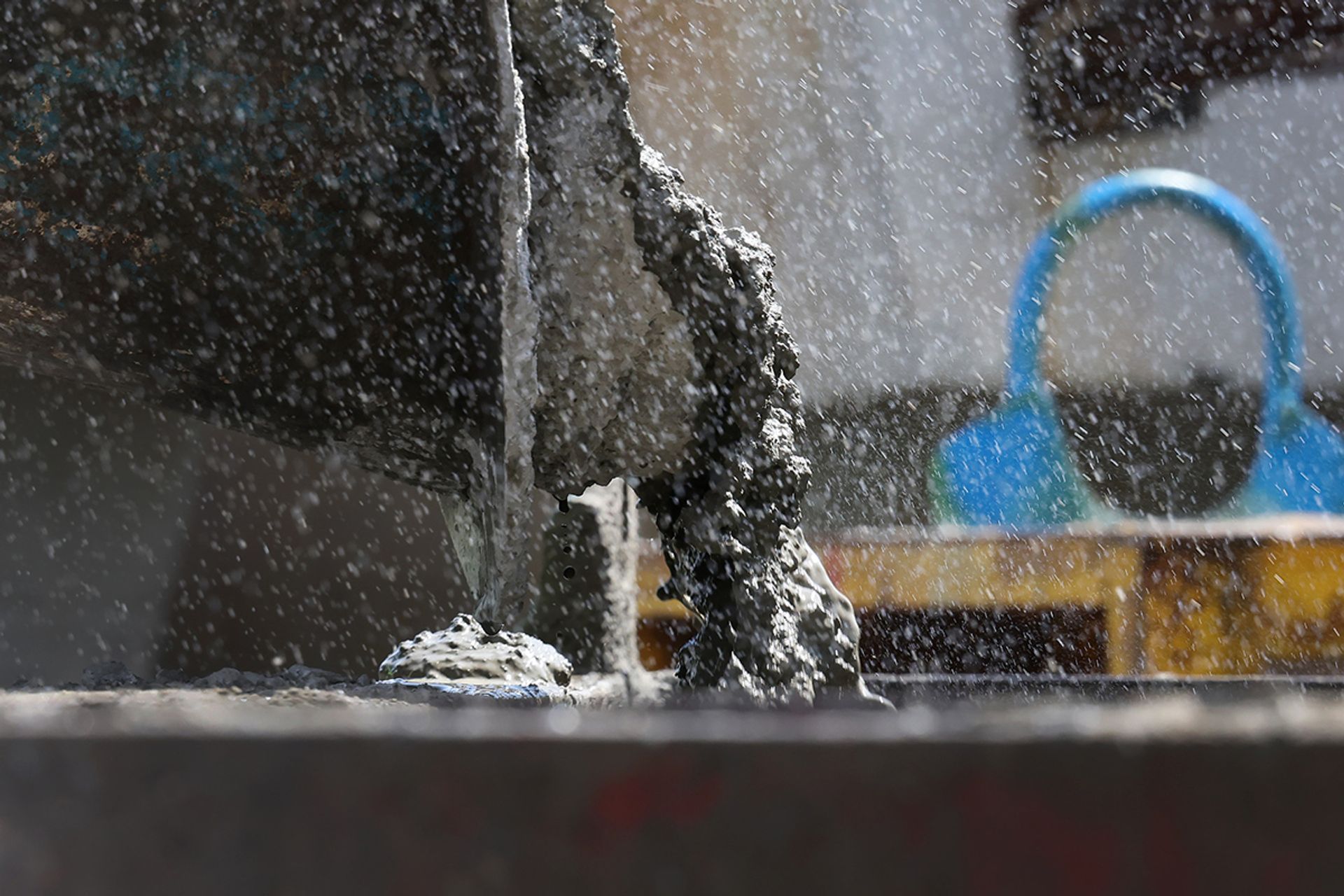
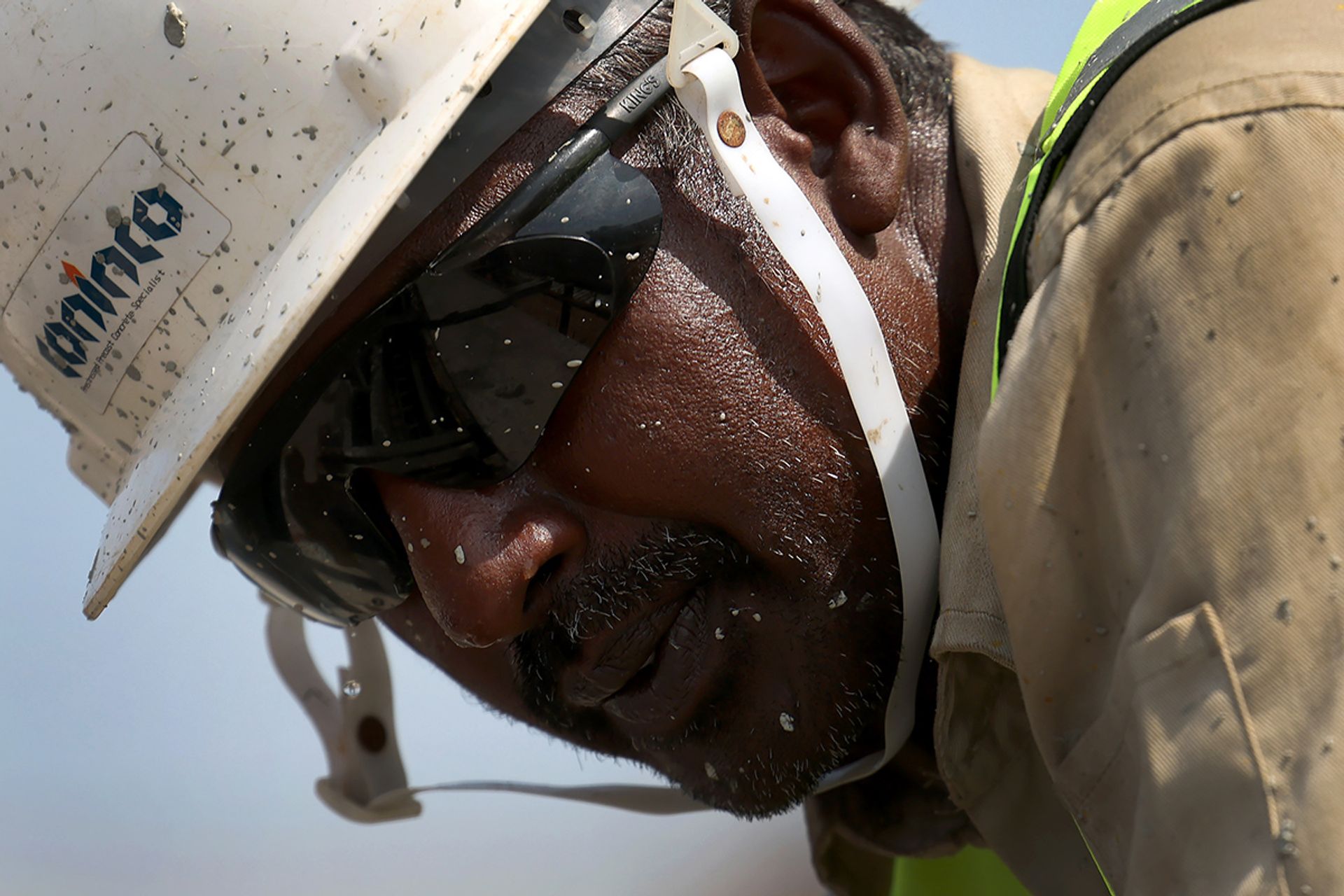
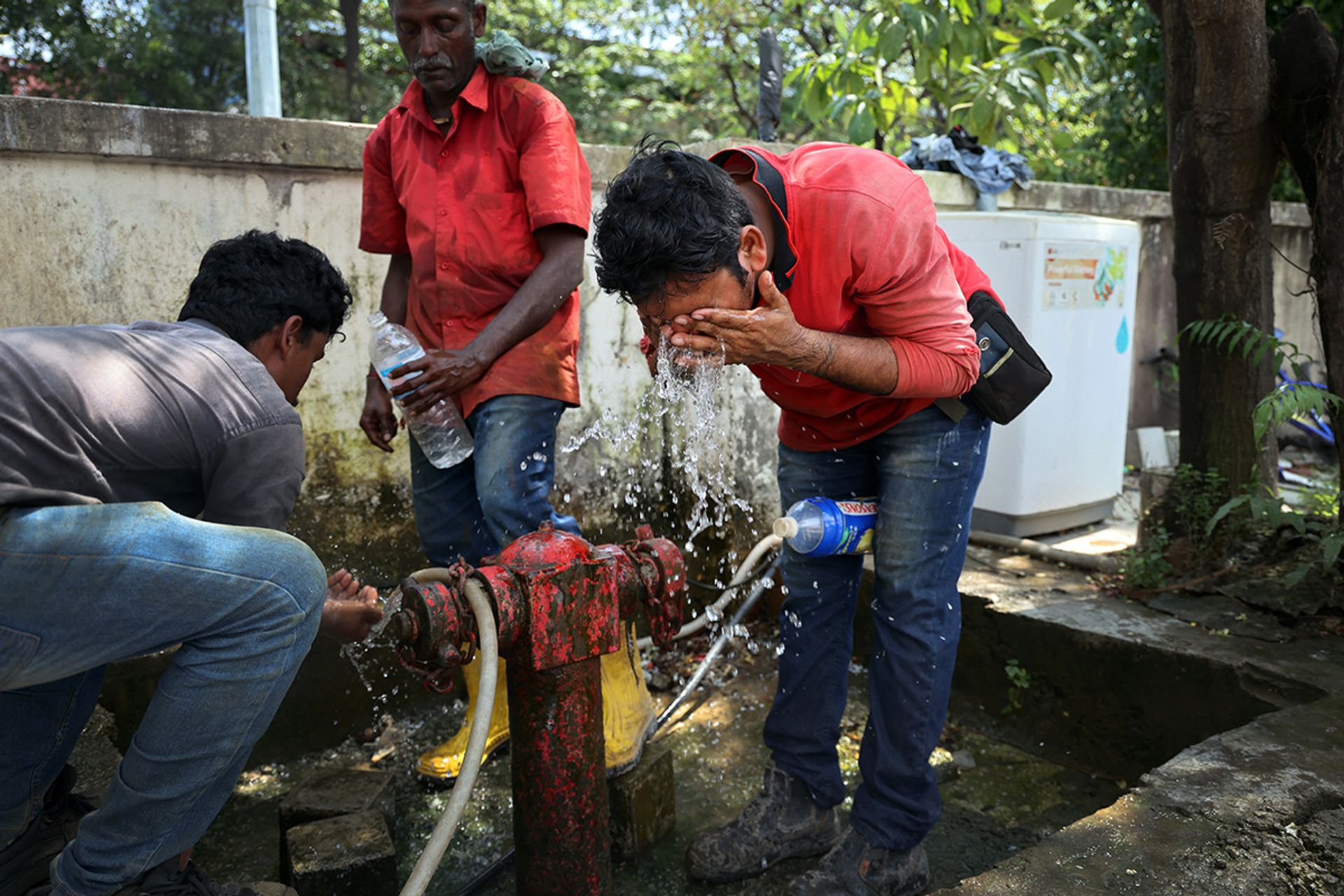
Transporting each concrete beam from the precast yard to the construction site in Jurong West was also more complex than normal due to space constraints at the yard and the type of crane available to support the weight of the beam.
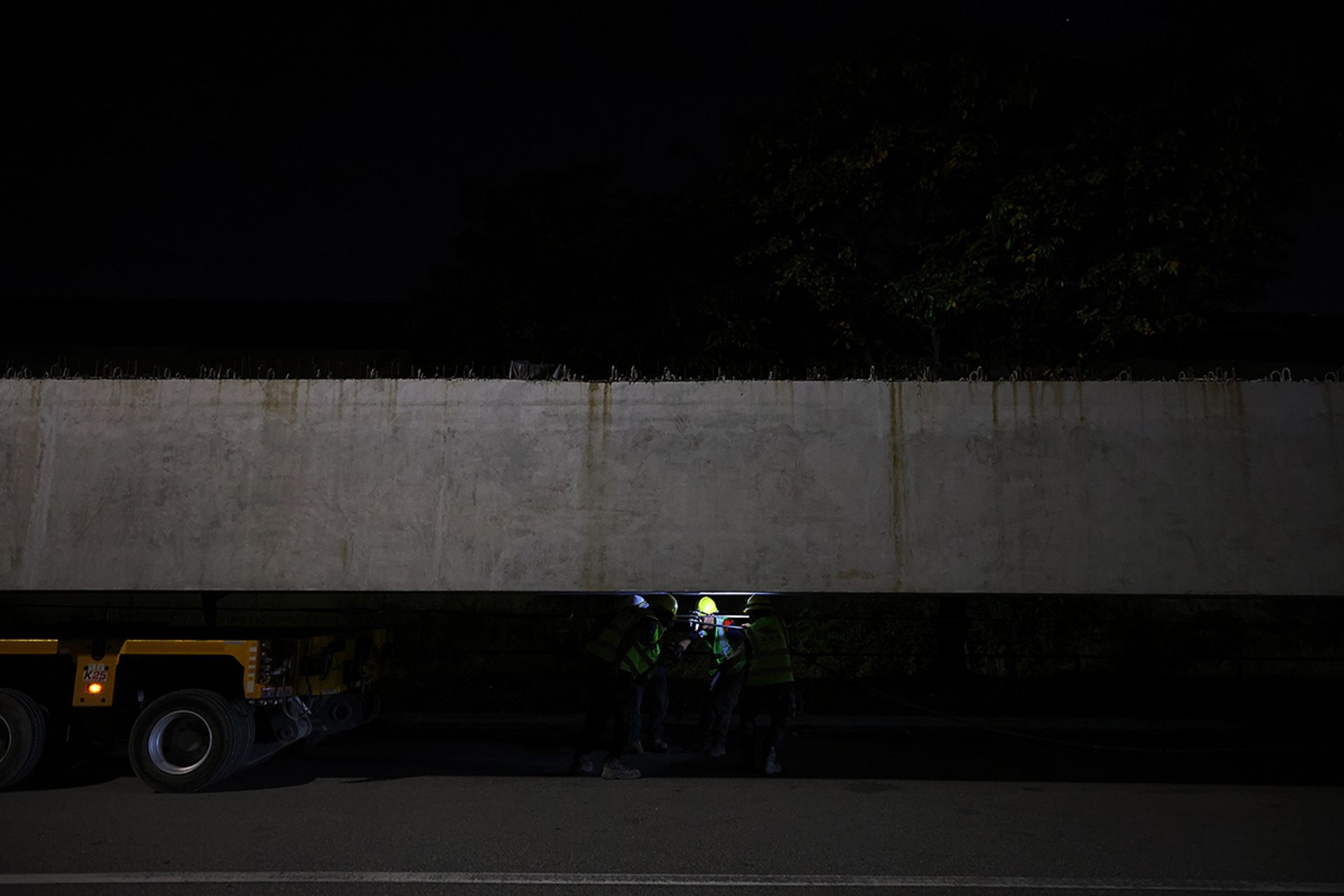
Each of the two segments that make up the bridge is 60 tonnes heavier than one span of a typical bridge.
“We require up to four hours to load each beam onto a truck compared with 45 minutes usually,” said Mr Aung Thu, 32, project engineer at precast concrete supplier Coninco.
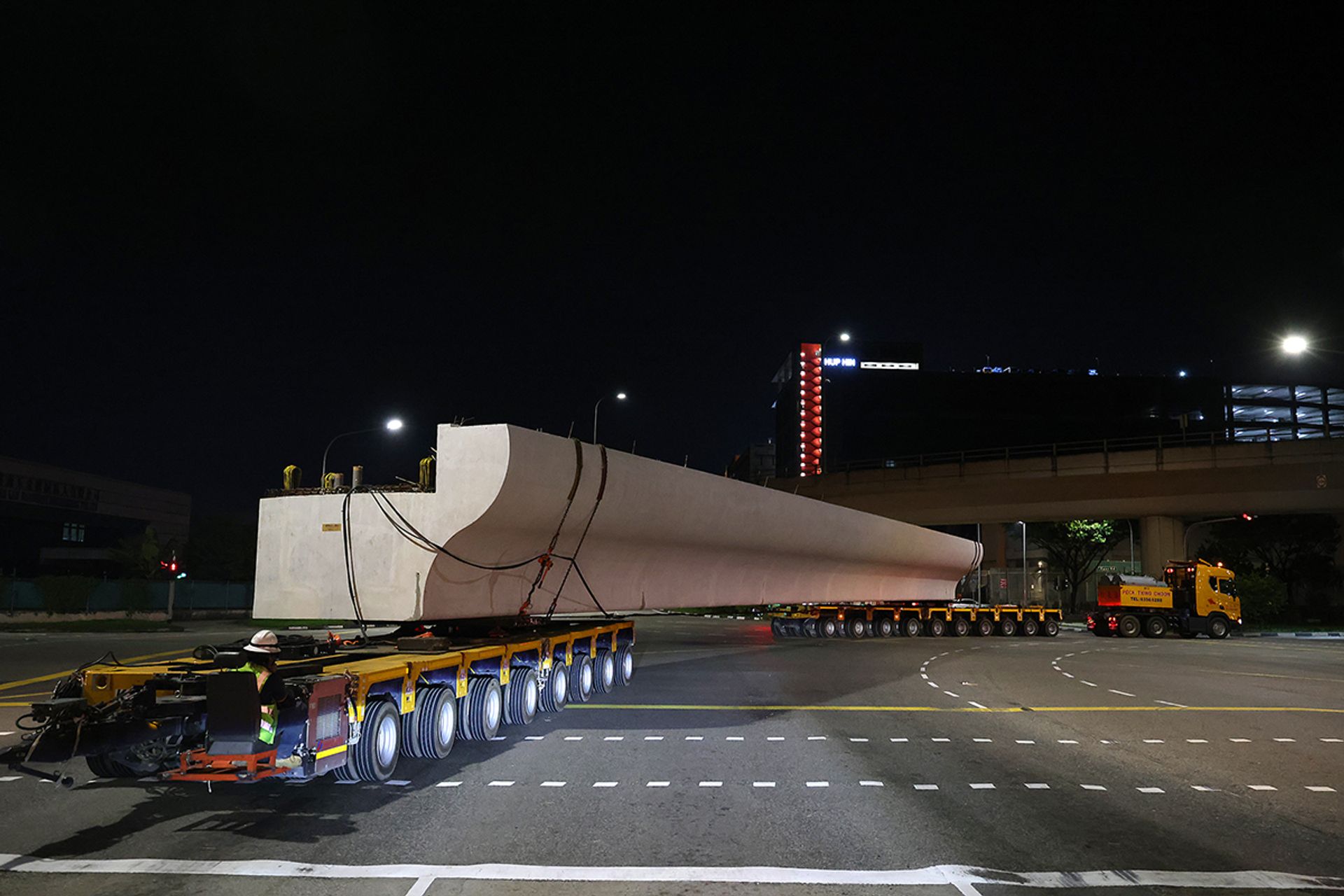
At the site, the team faces a race against time to install the beams.
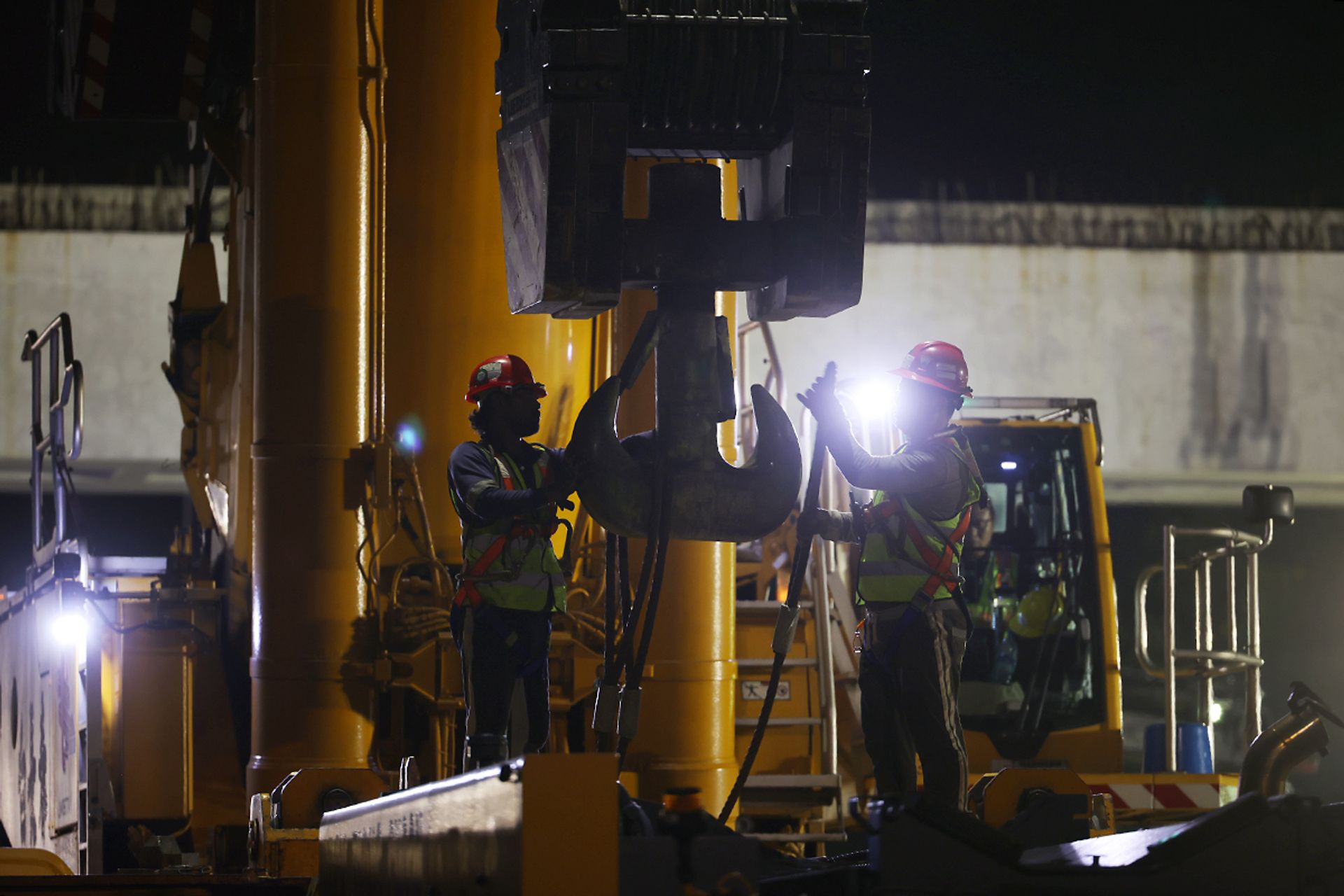
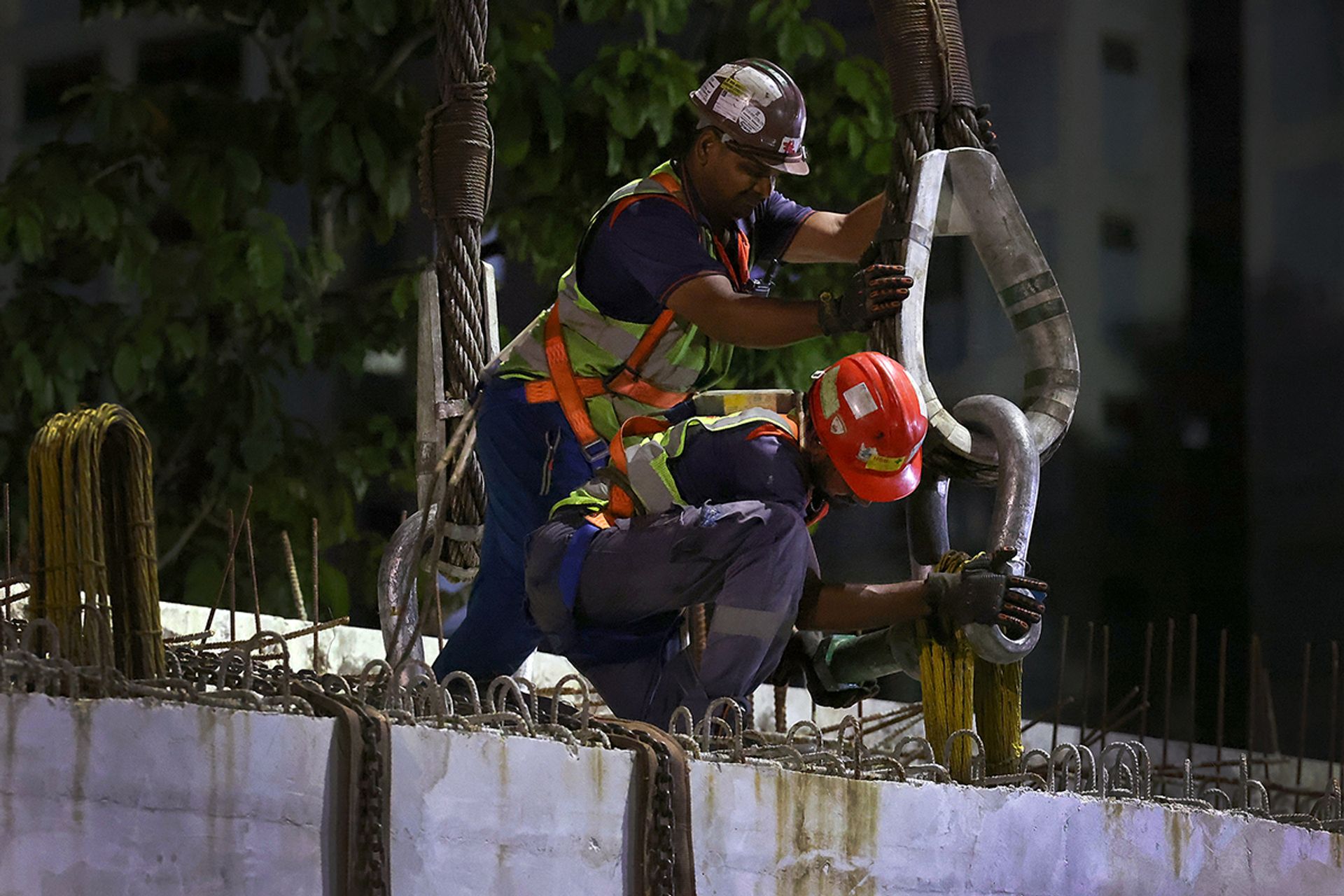
“The operation has to be completed within a short timeframe. The hoisting and installing of the bridge segments across the PIE is permitted only between midnight and 6am,” said Mr Teh.
THE CLOCK IS TICKING
The team has only six hours a night to work at the site.
The installation of the bridge segments is slated to be completed by the end of April.
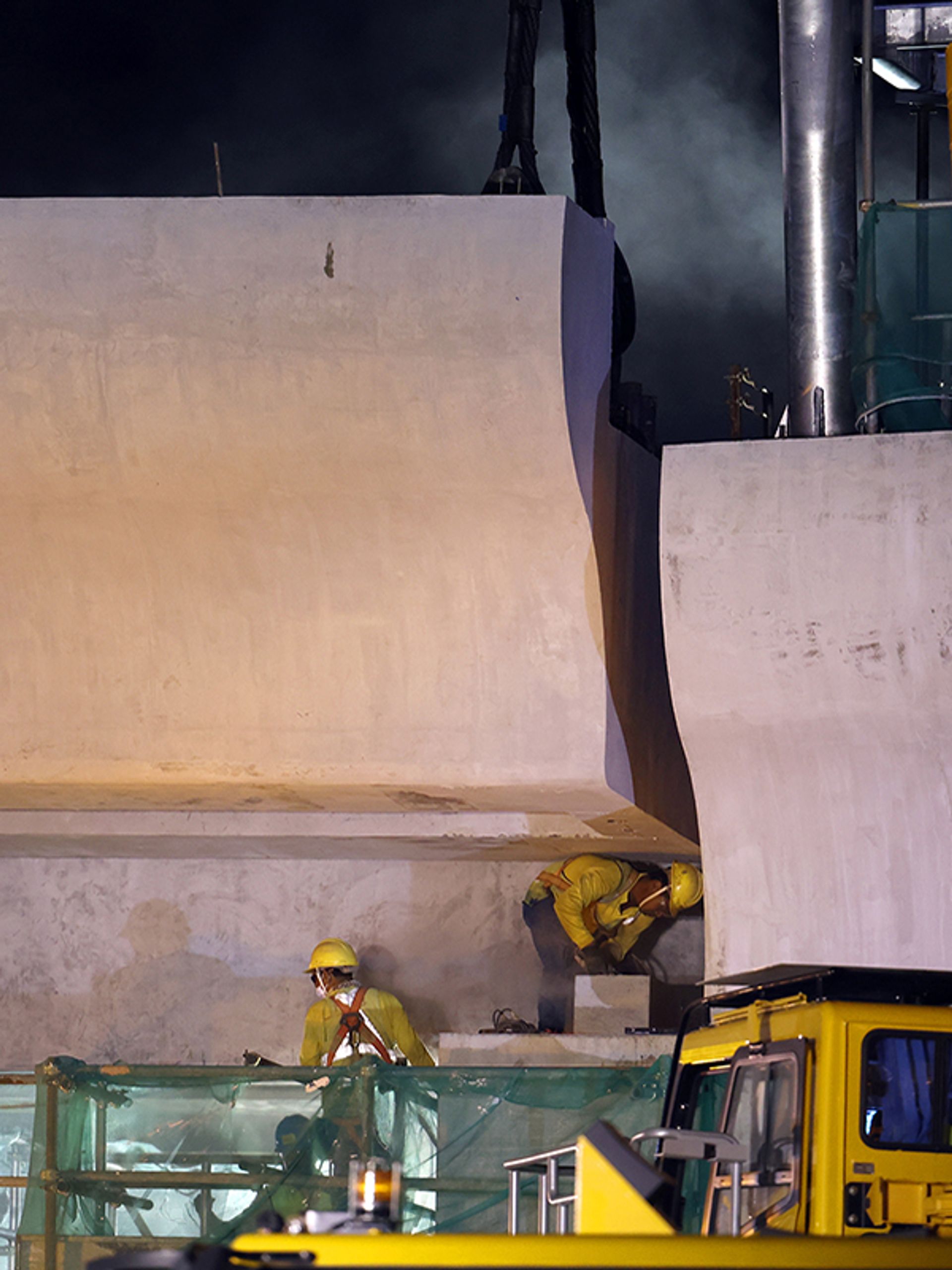
JTC will then install the sheltered linkway leading to the bridge, planter boxes, lifts, shelter, railings and lightings and also carry out landscaping.
Upon completion, more than 63,000 Jurong West residents can use the bridge to reduce their walking time to JID by around 35 minutes.
